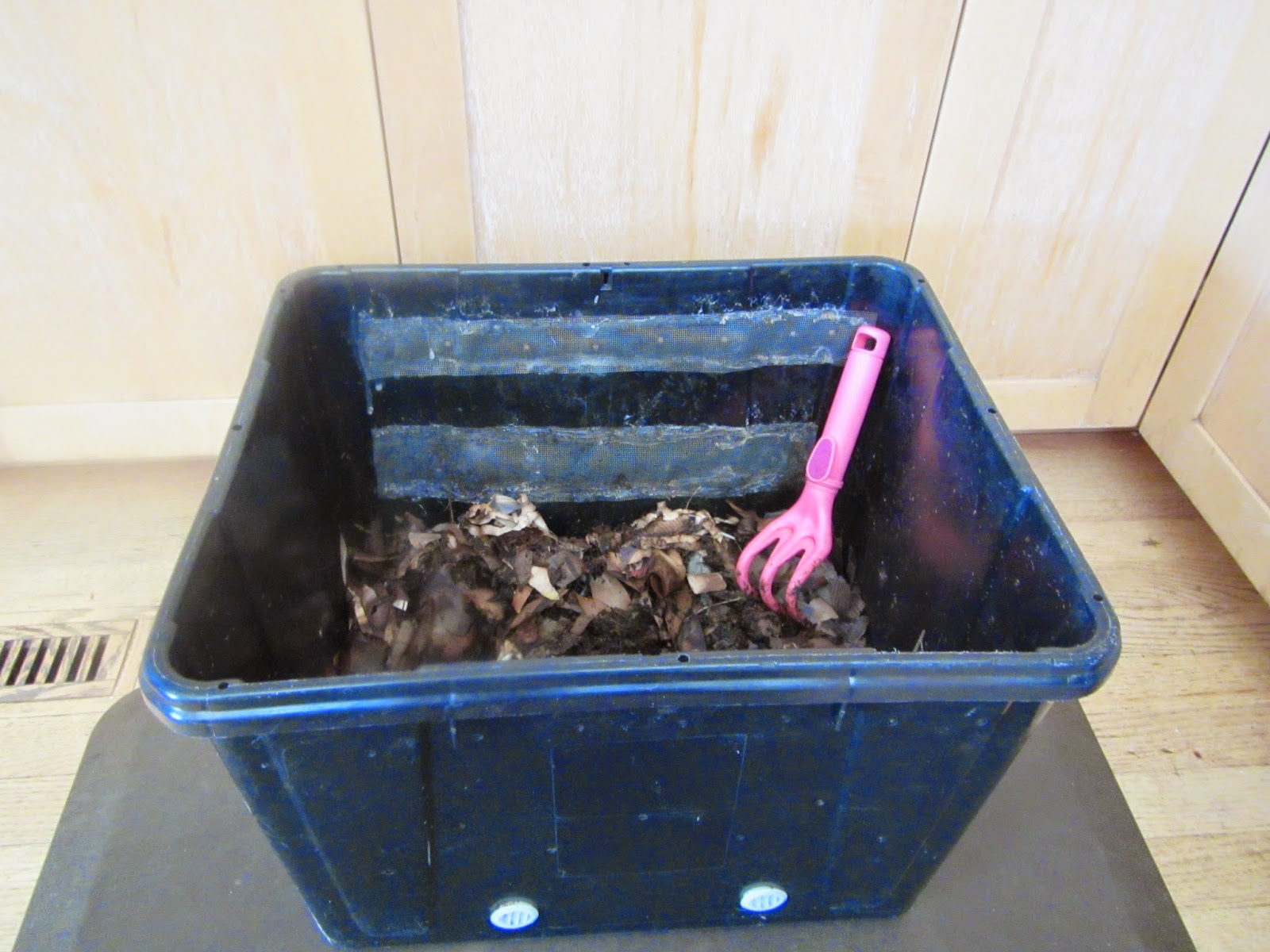 |
| So many seeds for such a tiny garden |
It is currently January, snowing here in the CO foothills and cold.
What better time than now to give some thought to this year’s garden plans? The
seed catalogs are coming in the mail and it is so tempting to get a bit crazy
with the dreams. However, living at 8000’ does put some limiting factors on
what is reasonable to try growing. I did trial several new things last year and
I will share what worked well for me.
But first let’s list a few
things to keep in mind when thinking about what to grow.
·
What are your goals? Is it food for you and/or
wildlife, flowers, erosion control, re-vegetation, etc? If you are growing for
pollinators, birds, etc. then watch out for varieties that are “pollenless”,
flowers that have so many petals that insects can’t get to the goods (like a
teddy bear sunflower). These may be nice for us to look at but don’t provide a
good food source for our friends.
·
Take a look at the days to
maturity/harvest/bloom. The frost free growing season can be pretty short up
here. Will you be starting seeds indoors to transplant or direct seeding?
·
How much garden space do you have? I grew
broccoli last year and decided it was just not worth the space for one head of
broccoli and a few small shoots. A lot of lettuce can be grown in the area of
one broccoli plant.
·
Succession planting – radishes are a great
example, seed at two week intervals for a constant flow versus one large crop.
·
Mixing crops of different maturity dates - You
can squeeze radishes in between more slow growing larger crops. The radishes
are ready to be harvested by the time the “main” crop is getting larger. I had
great luck with getting a crop of radishes grown between kale plants last year.
·
Don’t forget container gardening. There are some
great varieties available that do well in containers. Look for smaller, compact
varieties, such as determinate instead of the larger indeterminate tomatoes. I
have even had luck with certain beans and cucumbers in containers up against a
south facing wall that is protected from the wind. You can really pamper a
container more than a whole garden.
·
Don’t forget to try something new.
Here are a few of the varieties that I had luck with last year and will
be trying again.
 |
| Tricolor Salvia growing with mustard and collards, a new favorite. |
Lettuce Romaine Little Gem Organic 68 days. Also called Sucrine
or Sugar Cos, Little Gem is an English heirloom that is a very small variety of
romaine, but has the succulent sweetness of a butterhead
Maruba Santoh (35 days) Open-pollinated. Brassica rapa
(pekinensis group) With Maruba you get four vegetables in one. The loose round
vibrant chartreuse leaves provide a mild piquant mustardy flavor while the flat
white stems impart a juicy crisp pac choy taste
Organic H-19 Little Leaf Cucumber –(58 days) Parthenocarpic
plants produce fruit under stress and without pollinators, guaranteeing high
yields in the field or under cover. Compact vines are multi-branching and will
climb easily. Medium-sized fruits are smooth and tapered with white spines.
Works well in containers
Yaya Carrot OG (58 days) F-1 hybrid. Slightly
shorter-rooted than Nantes Fancy but more flavorful. Crisp clean sweet carrot
flavor. Can be used for baby or full-sized carrots.
Radishes – Pink Beauty, Shunkyo Long Pink, French Breakfast,
Cherry Belle, Easter Egg
Gilfeather Turnip (Rutabaga) – I really liked the flavor of this
and also harvested some of the leaves like collards.
Lacinato Rainbow Kale
Cylindra beets (56 days) HEIRLOOM A uniquely-shaped 6”
cylindrical beet with especially sweet flavor and a fine grain
Tomatoes – Fakel, Aurora, Moscow, Sahsa’s Altai, Stupice (all of
these had some season extension protection)
Happy gardening!







